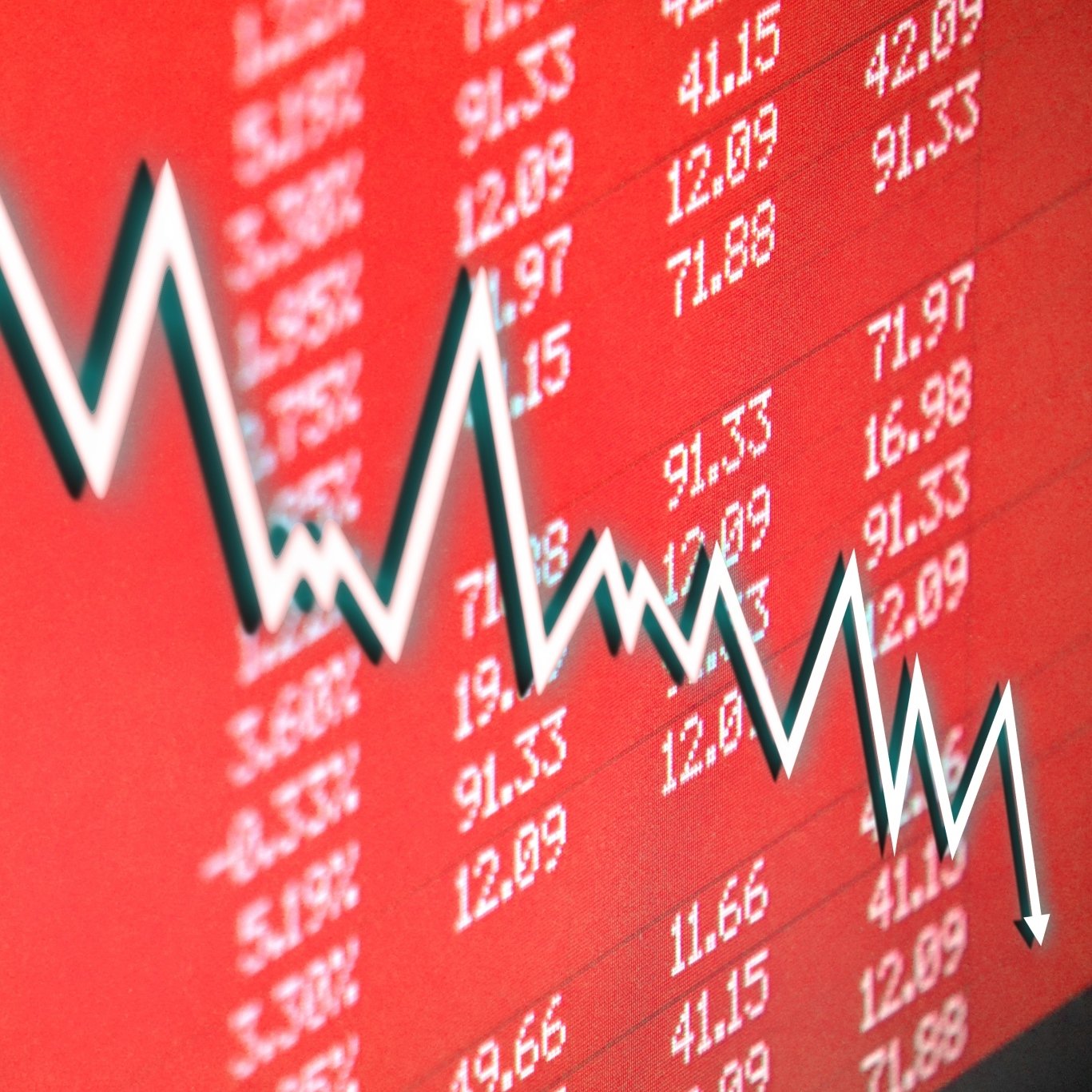Technology
Why Credit Suisse Still Sees IBM Shares Falling All the Way to $110

Published:
Last Updated:

Most investors just love a good turnaround story. Still, many turnarounds just either never turn around or they turn so slowly that most people never even notice it. International Business Machines Corp. (NYSE: IBM) has seen such a slow turnaround that no one may notice. Some analysts on Wall Street have tried to be positive about IBM’s second-quarter earnings and outlook. Others remain cautions — some are even shockingly cautious.
Credit Suisse’s Kulbinder Garcha has maintained his Underperform rating for Big Blue. He also sees the stock only being worth $110. If he is proven correct, then IBM shares could fall another 31% from the prior closing price of $159.86. Investors may want to note that during the extreme selling pressure earlier in 2016 IBM’s stock price nearly went to $110. Its 52-week range is $117.85 to $163.07.
24/7 Wall St. never just trusts analyst reports blindly. Note that Credit Suisse actually has the most bearish of all Wall Street analyst targets we have seen in research reports after earnings. also We have shown some other summaries at the end here, so that readers can tell other positive or less bearish calls have been made after IBM’s earnings.
Credit Suisse did admit that earnings were actually okay, versus expectations, and were better on most metrics. Their concern is IBM’s ongoing struggles. 24/7 Wall St. already gave a full earnings synopsis. Garcha’s report said:
We believe the secular and structural challenges facing IBM remain, and specifically see limited improvement in services and software margins. We adjust our FY16/FY17 EPS to $13.32/$12.96 from $13.49/$13.18, and reiterate Underperform rating and target price of $110.
Credit Suisse points out that IBM’s software segment is organically shrinking, with Strategic Initiatives decelerating, but signings improved. Software revenues gained only 1% to $6.2 billion, and the team noted that this gain includes M&A. Garcha’s belief is that IBM’s decline remains at −3.4%, versus the first quarter level of −2.4%.
While the Strategic Initiatives came in at with a 12% gain from a year ago to $8.3 billion, Garcha views this as a deceleration from 17% growth in the first quarter. He even warned that on an organic basis the growth may have been under 9%.
Garcha did at least make one positive note regarding IBM. Signings were shown to be up 16% to $13.1 billion on a constant currency basis, when first half signings were flat due to a very weak first quarter.
Another concern here is IBM’s workforce rebalancing. Garcha said that IBM hopes to cut $2 billion in costs from the current restructuring program, but he pointed out that previous restructurings have proven to be less and less effective. Despite the cost cuts, the revenue per employee was now shown to be 8% lower than it was in 2013. Garcha addressed more detail on ramping and valuations, as follows:
The half over half ramp is a challenge in our view. Over the past 5 years ex-restructuring and gains, IBM PTI has grown by 27% from the first half to second half, versus 45% implied by our estimate. If half over half growth of 27% were to occur this year, it would suggest EPS downside to approximately $12.30, or 9% below guidance.
While IBM may screen as cheap at 11 times expected earnings, Garcha thinks IBM is not distressingly cheap yet. That is because it is currently trading at about 14.5 times its price to free cash flows, or about 15 times enterprise value to free cash flow (versus a trough valuation of about 7.5 times).
Investors will want to consider that Garcha went very cautious on IBM, even when other analysts were talking about how cheap it is and keeping old upside targets just because of historic beliefs. Even Warren Buffett’s continuation of buying stock has not changed Garcha’s views on IBM.
Below is a snapshot of Garcha’s price targets, based on a date, a share price at the time and then the price target:
Again, 24/7 Wall St. promised to include other analyst price targets and ratings changes. We wouldn’t want you thinking we are only willing to see one side of this story. These fresh calls were seen on Tuesday:
IBM shares had been positive in the early morning indications after earnings on Tuesday. At noon Eastern Time, its share price was at $159.47, which was down $0.39, or 0.25%.
Investors might want to pay attention to the consensus analyst price target — down at $144.90.
Want retirement to come a few years earlier than you’d planned? Orare you ready to retire now, but want an extra set of eyes on your finances?
Now you can speak with up to 3 financial experts in your area for FREE. By simply clicking here you can begin to match with financial professionals who can help you build your plan to retire early. And the best part? The first conversation with them is free.
Click here to match with up to 3 financial pros who would be excited to help you make financial decisions.
Thank you for reading! Have some feedback for us?
Contact the 24/7 Wall St. editorial team.